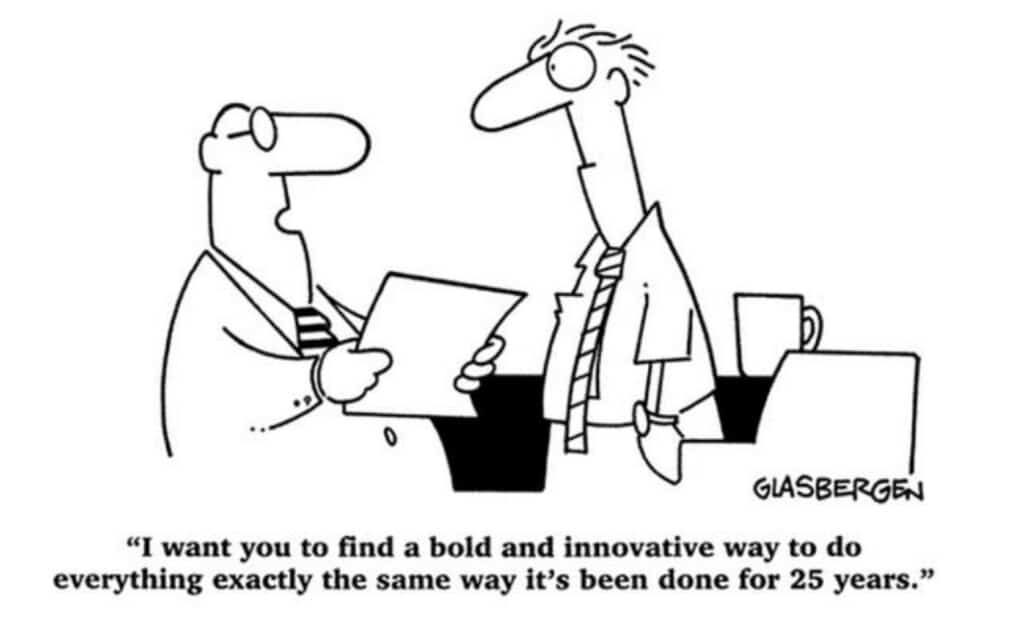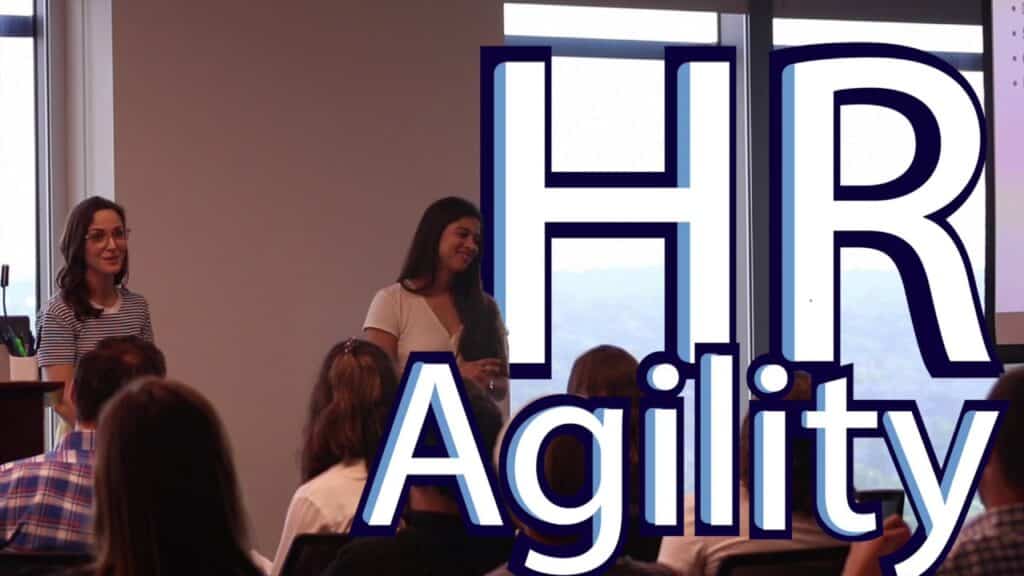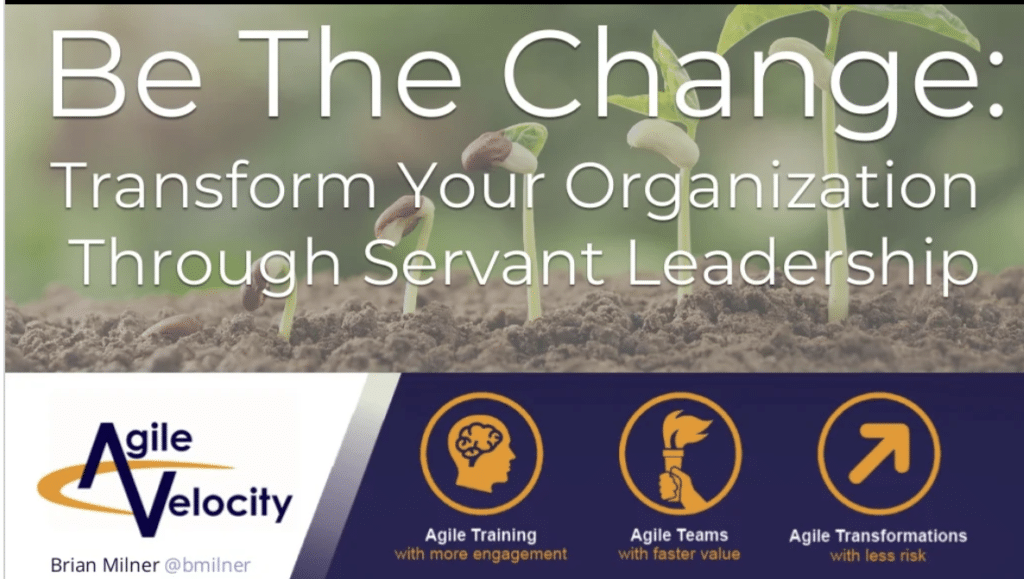“Make Shift Happen: Harnessing Culture for Change” Presented at Keep Austin Agile 2019 by Steve Martin

Culture is listed in many surveys as one of the biggest barriers organizations have in adopting Agile frameworks. While it is true that culture can be a blocker for change, culture can also be used to help accelerate adoption and transformation. Being able to identify and understand how culture is used at your organization is […]
HR Agility: An Example From Silicon Labs

Is HR Agile a thing? That’s what Samantha Wiseman (Sr. HR Business Partner) wanted to find out when she took our Scrum Master cert class this January. After spending two days learning about empirical process, Agile, and the Scrum framework, she began to see how it can be applied to her role as a […]
Ask Different Questions: Building Your Agile Leadership Skills

The Situation It’s Monday morning. You’ve just come off a long weekend of work. You were up all night Saturday deploying the product and then had multiple configuration issues to address on Sunday. Now, it’s Monday and you need to be in the office for an 8 AM meeting to hear what the new Agile […]
“Be The Change: Transform Your Organization Through Servant Leadership” Presented at Global Scrum Gathering Austin 2019

Be The Change: Transform Your Organization Through Servant Leadership – Global Scrum Gathering 2019 from Agile Velocity “Revolutionary Ideas do not change institutions. People change them.” – Robert K. Greenleaf. People over Process is the very first value in the Agile Manifesto. So why do we often begin our transformations focused on processes? Organizations will […]
“Make Shift Happen: Leading Change” Presented at Global Scrum Gathering Austin 2019

Make Shift Happen: Leading Change – Global Scrum Gathering 2019 from Agile Velocity Change is hard. Despite our best efforts, approximately 70% of change initiatives fail. For the 30% that did not fail, there was most likely tension along the way. The truth is, change is inevitable and organizations do not change… people do. In […]
Training and Return on Investment

Leaders and managers know the development and training of their employees is critical to the growth and success of their organization. However, as leaders are pressured with time and cost constraints, the training budget is often the first to go. It can be difficult to justify training costs without the hard numbers to back up […]
Only The Best: Expecting The Most From Your Agile Partner

I’ve found most executives genuinely want to know, “How do I help our Agile transformation?” Becoming an agile company is new for leaders and teams. Yet, leaders are often left out while teams get the lion’s share of the attention from Agile coaches. As a fellow leader, I feel for them. It’s crucial for leaders […]
3 Ways To Use Servant Leadership In Your Organization

Servant leadership is a term that’s been around for decades. While it can sometimes feel overused or outdated, I believe the principles of servant leadership remain as relevant today as they’ve ever been. For example, a 2017 Gallup workplace poll found that roughly two-thirds of American employees are either not engaged or are actively disengaged […]
7 Steps to Building Durable Work Relationships and Effective Communication Skills

At work, “stuff” inevitably hits the fan–it’s just a matter of when. However, there are things you can do to ensure important workplace relationships weather any storm, regardless of its fury. The Problem We don’t often invest enough time in developing durable workplace relationships. Many of us just hope that when things get difficult, everyone […]
Architecture & Governance Magazine: “Report Suggests Agile Integration Is the ‘Blueprint for Enterprise Architecture,’ Expert Agrees”

By Holt Hackney, Originally Printed in Architecture and Governance Magazine In the first couple sentences of “Agile Integration: The Blueprint for Enterprise Architecture,” a recently released report by Red Hat, the authors write: “Business success is increasingly based on your ability to react to change. As new disruptive players enter markets and technology upends what […]
